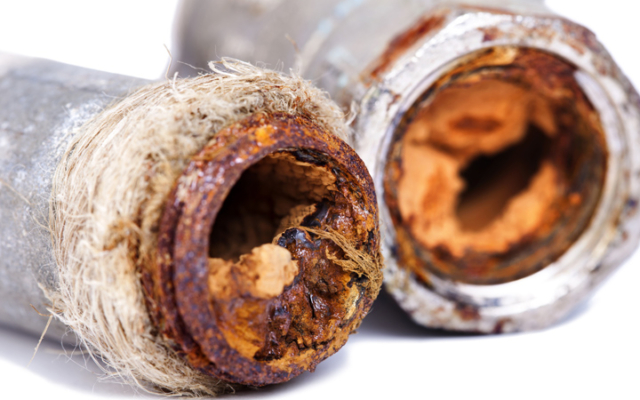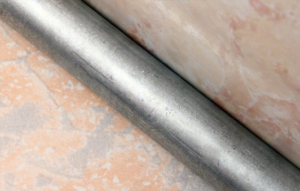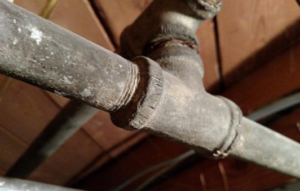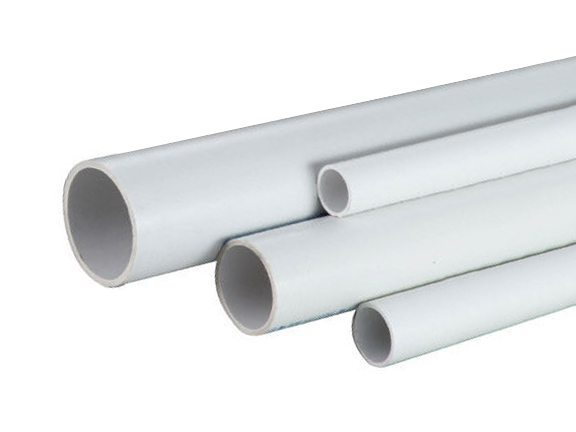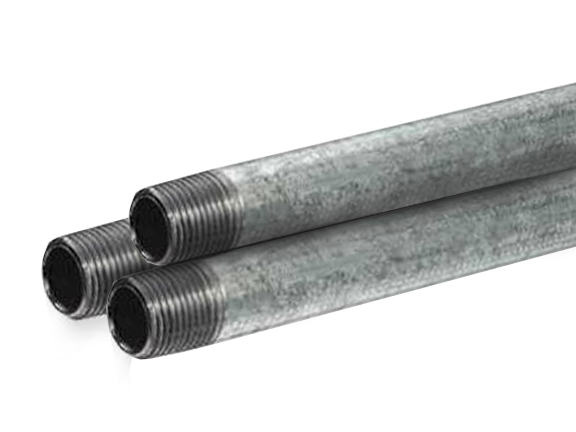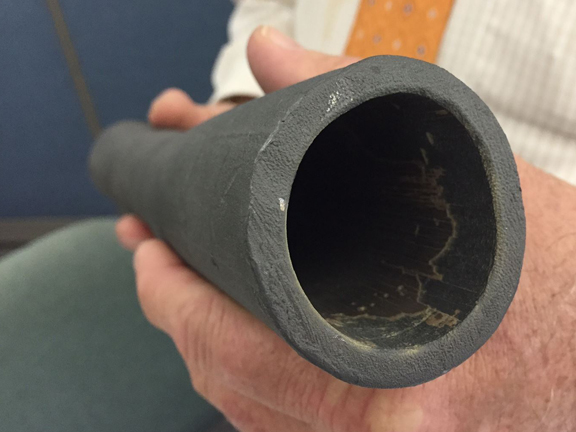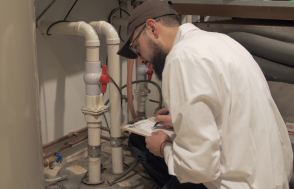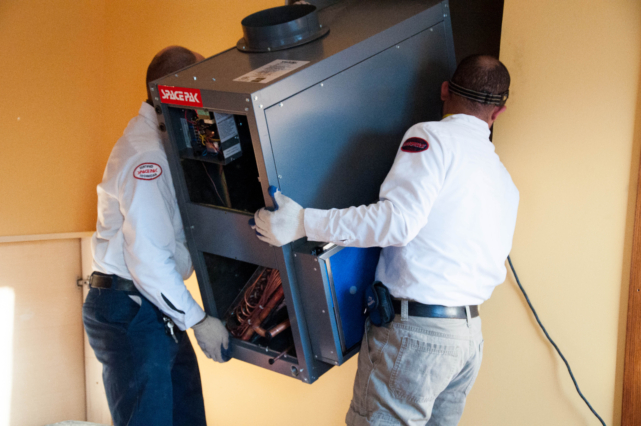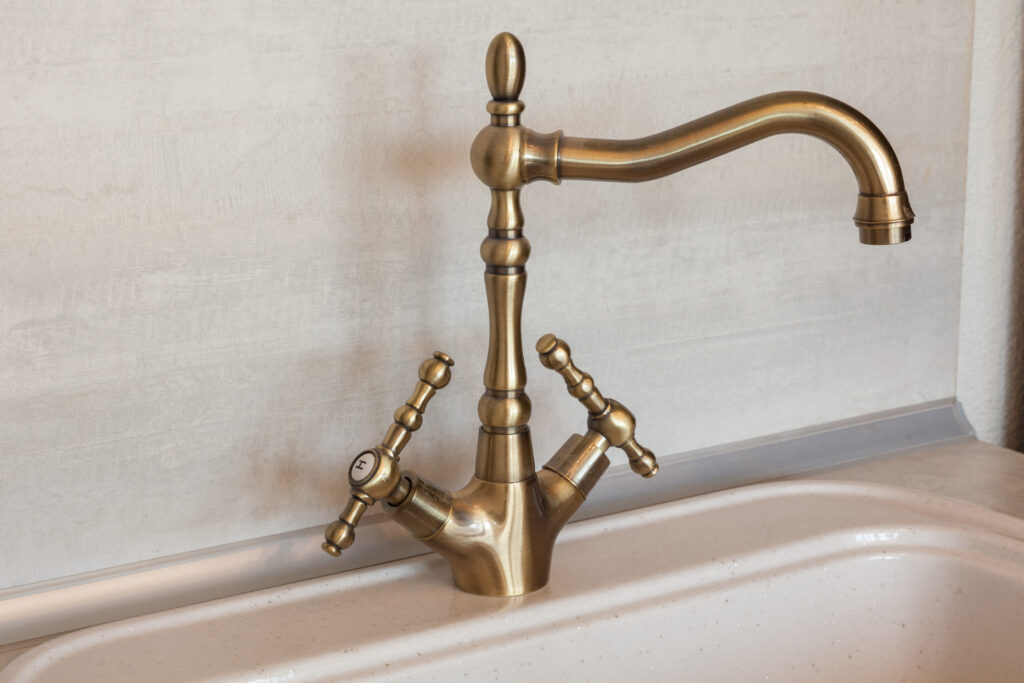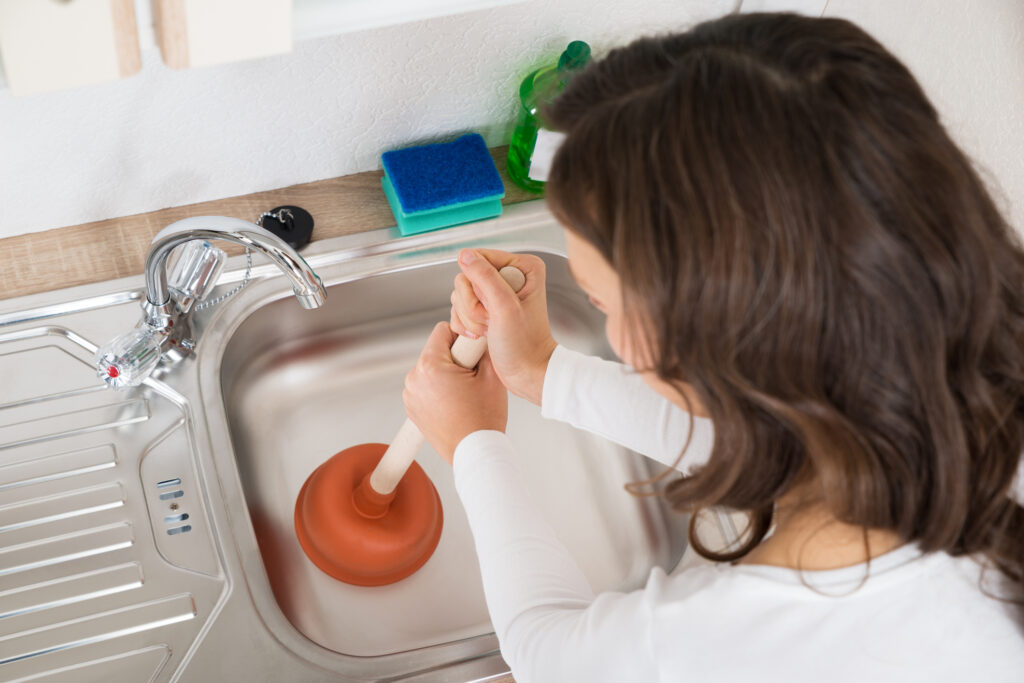Why You Need To Swap Out Your Galvanized Pipes
Due to the age of the homes north of Chicago, galvanized pipes are a common problem. Below is our list of the most frequently asked questions we have received about galvanized pipes.
What are galvanized pipes?
Galvanized pipes are steel pipes that have been dipped in a protective zinc coating to prevent corrosion and rust. Galvanized piping was commonly installed in homes built before 1960. When it was invented, galvanized pipe was an alternative to lead pipe for water supply lines. Today, however, we have learned that decades of exposure to water will cause galvanized pipes to corrode and rust on the inside.
How long do galvanized pipes last?
No piping system lasts forever, but galvanized pipes have a life span of between 40 to 100 years. If your home’s pipes are from the 1960s or earlier, they are likely nearing the end of their functional life span. However, there’s a reason galvanized pipes are no longer used in modern construction: the risk they pose to a home’s water supply and people’s health.
Are there safety risks or concerns with galvanized piping?
By far, the most significant problem related to galvanized pipes is the mineral deposits that accumulate within the piping. Over time, it causes a reduction in water pressure and pollutes your home’s water. And as rust and corrosion deepen, they compromise the piping system’s stability and cause leaks.
As old and corroded galvanized pipes age, they can release accumulated lead into your tap water. That lead can pose significant health concerns, as ingesting too much can result in lead poisoning, and its symptoms include fatigue, headaches, insomnia, nausea, constipation, abdominal pain, and reduced cognitive abilities. High doses of lead are of particular concern with children, as it can hinder their brain development and lead to lifelong health issues.
What do galvanized pipes look like?
When first installed, galvanized pipes look like nickel in color. But as they age, galvanized pipes may appear much duller, lighter, or darker, depending on their environment. We’ve also seen homes where the water pipes have been painted, so it can be difficult to tell at first glance.
Do you know that you have galvanized pipes and need them replaced? Call the experts at American Vintage Home at (847) 999-4595 for pipe replacement today!
How can I tell if I have galvanized pipes?
If you can’t tell by looking at your pipes, there is a quick test to tell if they are galvanized. Simply grab a flathead screwdriver and a strong magnet. Start by finding your water line and scratch the outside of the pipe with the screwdriver.
Copper
The scratched area will look like a copper penny. A magnet will NOT stick to it.
Plastic
The scratched area will appear ivory or white in color. A magnet will NOT stick to it.
Galvanized steel
The scratched area will have a silver-gray color. A strong magnet will stick to it.
Lead
The scratched area will have a dull silver-gray color, and the metal will usually be soft and easy to scratch. A magnet will NOT stick to it. Lead pipes are easy to bend and may be misshapen. If you have lead pipes, we recommend replacement if possible.
Be sure to scratch-test your pipes in multiple areas. It’s not uncommon to have more than one type of piping on your water line.
Do galvanized pipes contain lead?
The galvanized pipes installed on water lines between 1880 and 1960 were dipped in molten, naturally occurring zinc. Naturally occurring zinc is impure, so these pipes were bathed in zinc that also contained lead and other impurities. The zinc coating elongated the life of the steel pipes but added small amounts of lead and other substances that could harm inhabitants.
Additionally, if your galvanized pipes were ever connected to lead plumbing (including service lines) there is more cause for concern. The corrosion inside galvanized steel pipes could have trapped small pieces of lead. Even if the lead piping was removed years ago, the galvanized steel pipes could still periodically release the trapped lead into the water flow. Chicago didn’t stop using lead pipes for service lines until 1986, and an estimated 400,000 lead service lines are still in use in Chicago alone.
The only way to ensure that lead is not mobilized from plumbing to tap in a given home is to fully replace the galvanized plumbing and any lead service lines.
What other problems can galvanized pipes cause?
Low Water Pressure
Due to the restriction of the line, corrosion in galvanized pipes can cause lower water pressure throughout your home.
Uneven Distribution of Water
If some of your taps have low water pressure but others don’t, this could be a symptom of galvanized pipes. Corrosion can build up unevenly. Also, part of the galvanized pipeline could have been replaced in your home but not everywhere.
Discoloration of Water
Galvanized pipes can release iron and cause discoloration. A clear indicator of this is a brown stain on a porcelain sink.
Leaks
Given enough time, galvanized pipes will rust through and cause more damage to your home.
What does the galvanized piping removal process entail?
For a permanent fix, replacing all galvanized pipes is the best option, as it ensures all the rust and lead in the piping system is completely removed. While repiping an entire house is a big project, the payoffs are well worth the investment. The repiping process begins with an inspection to identify any unique problems that should be addressed. A replacement piping material is then selected, typically copper, PVC, or PEX for freshwater lines and ABS or PVC for waste and drain pipes.
After protecting your home from possible damage, qualified plumbers use specialized tools to locate existing pipes, remove them, and replace them with new ones.
Depending on your home’s size, a repiping project can take up to a week to complete. As pertaining to cost, the pipe material you choose and how much piping you need determines the final price. Older and vintage homes often have special considerations, such as plaster walls, that can result in the job taking longer and costing more.
If you want to replace your galvanized pipes, lead service line, or find out more about your options, we would be happy to help. Call American Vintage Home at (847) 999-4595 or contact us online today to schedule an appointment.


